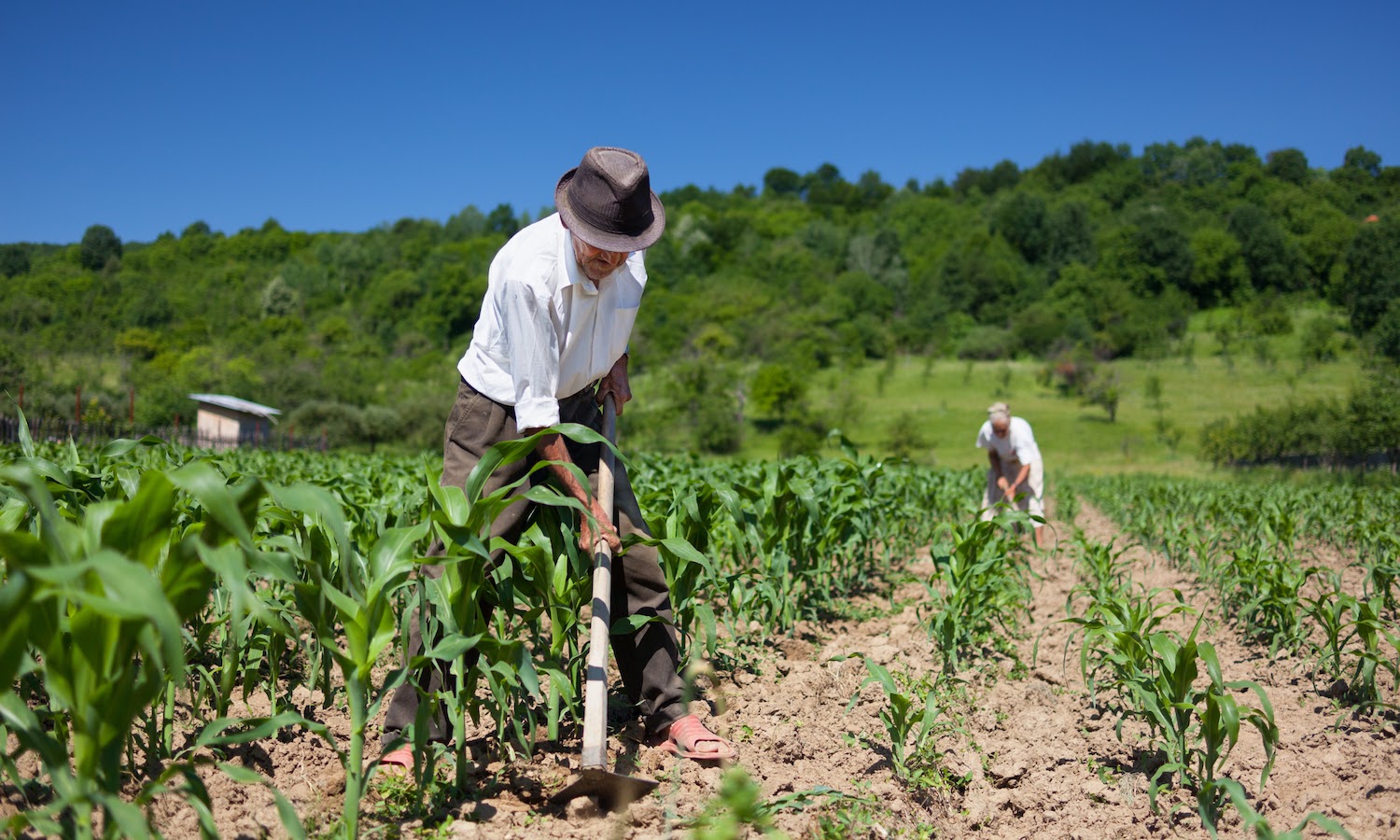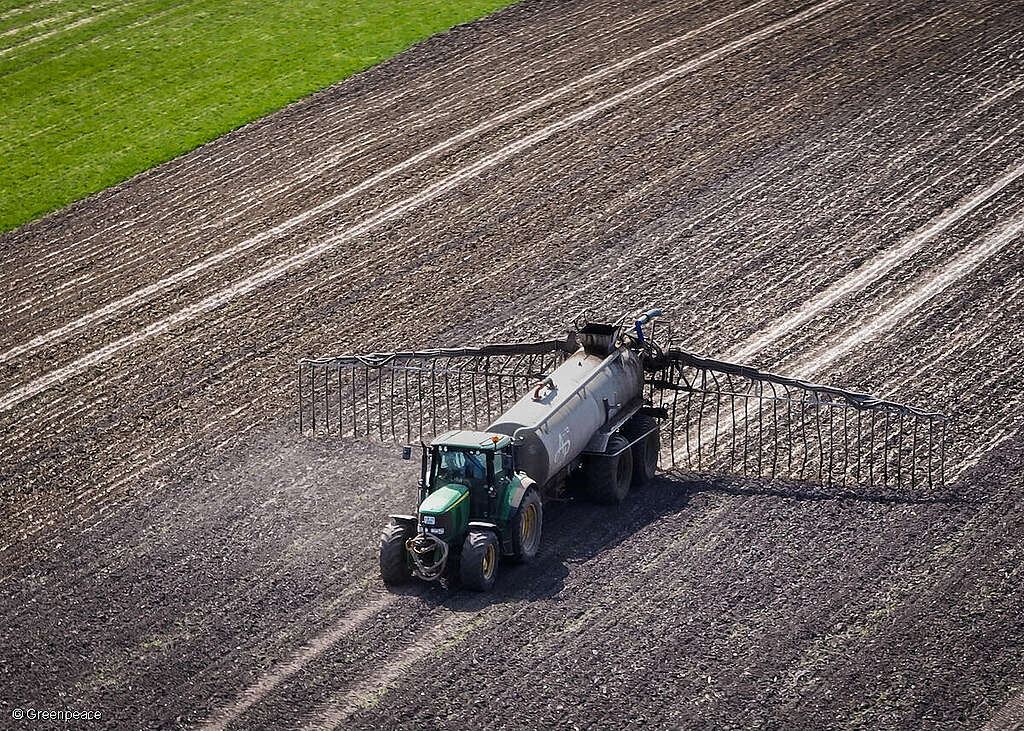The European Union is under increasing pressure to address the environmental impact of its agricultural sector. Agriculture contributes significantly to greenhouse gas emissions and environmental degradation, which hinders the EU’s ability to meet its climate and biodiversity goals.
Efforts to reform agricultural practices have faced strong opposition, particularly from farmers and some far-right political groups, leading to resistance that has slowed or weakened proposed reforms. This tension is complicating the EU’s path toward creating a sustainable agriculture sector while balancing economic and social factors.
Environmental assessments show a concern for European ecosystems. The European Environment Agency reports that over 80% of habitats are in poor condition, and only 27% of species are in favorable conservation status. Soil health is particularly degraded, with high nitrogen levels and pesticide residues in over 80% of tested soil.
The economic cost of this soil degradation is significant, estimated at €50 billion annually. This environmental damage underscores the urgent need for reforms in agricultural practices to preserve the ecosystem and sustain productivity.
To address these issues, the EU introduced environmental standards linked to the Common Agricultural Policy (CAP) subsidy program. Since 2021, CAP payments have been tied to farmers meeting criteria aimed at protecting natural features, such as maintaining grasslands and avoiding pesticides.

However, resistance has led to rollbacks on some requirements. Rules that initially called for dedicating portions of farmland to non-productive ecological features were removed, and smaller farms were exempted. Additionally, the ambitious Farm to Fork initiative, aimed at reducing pesticide use by 50% by 2030, was withdrawn, further dampening progress toward sustainable agriculture.
The EU’s Nature Restoration Law, seen as a crucial piece of its environmental agenda, faced similar pushback and was heavily revised before passing. The law encourages voluntary restoration activities like peatland rewetting and bird population recovery but lacks strict enforcement on farmers, shifting focus to softer, less direct approaches.
Additionally, biodiversity indicators were modified, allowing member states flexibility in achieving targets, which reduces the immediate impact on agricultural practices but still aims to encourage ecological improvements.
Looking forward, the EU is seeking common ground through dialogue with farmers, retailers, and environmentalists, aiming for a balanced plan to reform agriculture. Proposed changes include financial support to ease the transition to sustainable practices and a shift towards plant-based diets to curb livestock-related emissions.
Yet, a significant proposal to include agriculture in the EU’s emissions trading scheme was rejected, reflecting ongoing resistance to monetized accountability for agricultural emissions. With international commitments to biodiversity and net-zero emissions by 2050, the EU’s agricultural sector remains an area where progress is slow, creating challenges in meeting its overall environmental commitments.

